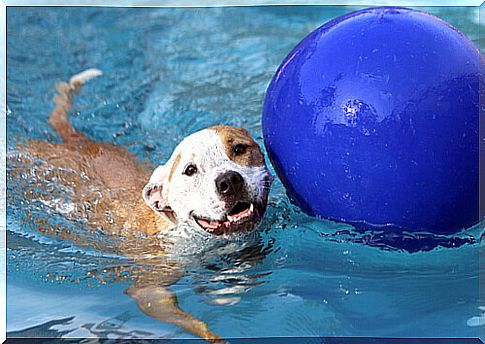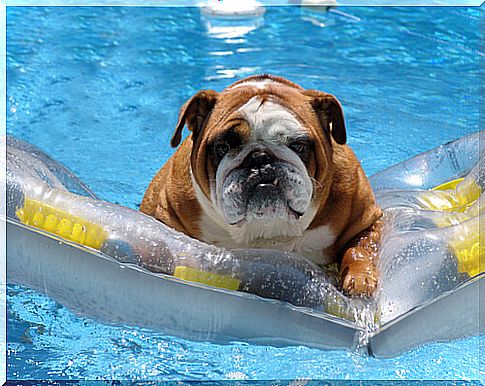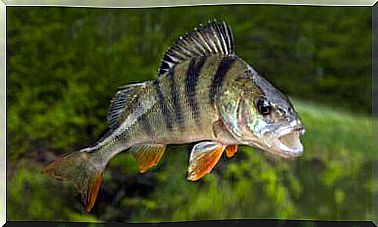Risks Of Swallowing Pool Water

On warm summer days, there are few experiences as pleasant as enjoying a good day in the pool. Not only us, but our pets often appreciate the opportunity to cool off when the heat rises. On a bath day, it is important to always be aware of the risks of swallowing water in swimming pools. Like people, dogs and cats have a propensity to swallow water.
What is chlorine and what are its health risks?
If the water in the swimming pools were totally pure and drinkable, its consumption would not represent any risk to our health. The problem arises when this water contains chemical substances (mainly chlorine) that, when ingested, can damage our body.
Therefore, to understand the risks of swallowing pool water, we must understand what chlorine is and what its effects are on the body. Chlorine is a chemical element whose derived products have numerous uses in our society.
Different cleaning products
Currently, chlorine is marketed in different versions or formats, such as tablets, gas or liquid. In general, this product is used to prevent the proliferation of bacteria, fungi, viruses and parasites. Since public swimming pools are often used by multiple people, chlorine acts as a powerful antiseptic.
In addition, it is still common to see chlorine-based cleaning products used as a bleach and disinfectant. Both on clothing and on home surfaces, chlorine is present in the routine of sanitizing our homes.

Although it is a common and everyday product, chlorine can be very dangerous if used improperly. When this substance is used as an antiseptic in swimming pools, it is essential to dilute it in water. The consumption of pure chlorine could be considered a poison for the organism of humans and various animals.
The harms and risks of swallowing pool water
First of all, we must mention that the consumption of chlorine present in pool water can poison the body of children, adults and pets. Among the most common symptoms of chlorine poisoning, we find:
- Nausea and vomiting
- Continuous bouts of diarrhea.
- Stomach pain and upset.
- Ulcers on the tongue and mouth.
When a pool has high levels of chlorine, only contact with the water causes hypersensitive reactions in the body. Excess of these chemicals can cause irritation to the eyes and mucous membranes. In addition, damage to teeth and skin inflammations from chlorine exposure are relatively common.
If the epidermis is affected by chlorine, the body is more exposed to many pathogens and allergens. Therefore, people and animals with cracked skin or dermal wounds are more vulnerable to developing secondary infections.

In case an animal has swallowed a lot of water in the pool, it may experience long coughing spells and difficulty breathing normally. It should also be remembered that, in more severe cases, excessive fluid intake can lead to pulmonary edema.
The cryptosporidium : what chlorine does not kill or inhibit
Although chlorine has a powerful antiseptic action, the truth is that it is not capable of eliminating all insects and pathogens from the water, especially when we talk about public environments that are frequented by a large number of people on a daily basis.
Among the microorganisms that chlorine cannot inhibit, we find cryptosporidium . This parasite is capable of causing episodes of diarrhea, vomiting and stomach cramps for more than 21 days. And its main form of contagion is through direct contact with contaminated feces, either through water, food or other individuals.
In Spain, in the year of 2015 alone, more than 500 cases of contamination have been registered. The situation is more alarming since the health authorities confirmed that contamination from the consumption of contaminated water has doubled.
All this reaffirms the need to avoid the risks of swallowing water in the swimming pool and recreational public spaces. In addition, it is important that we adopt preventive measures such as hand washing, drinking only drinking water and preventive visits to the doctor.









